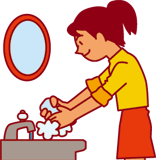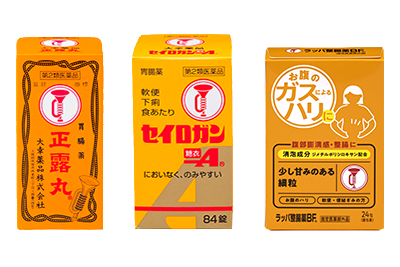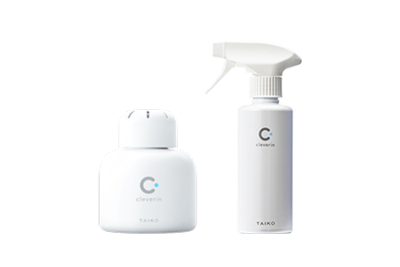Sanitation Control Basic Knowledge
What is food poisoning?
Food poisoning refers to the severe poisoning or acute infection as a result of consuming food and water contaminated by hazardous substances. Food poisoning can be classified as:
- Bacterial poisoning (bacteria).
- Natural poisoning (globefish or mushroom).
- Chemical poisoning (pesticide, insecticide, preservatives etc.).
While the peak season for type 【1】 is May –September, types 【2】 and 【3】 are not seasonal.
The heat and humidity during this period makes it easier for bacteria to proliferate. Additionally, since people drink a lot of water in summer, the gastrointestinal resistance is weaker.
A single bacterium can multiply to 20 million and even a 100 million within half a day. Sometimes, the amount of bacteria in lunch boxes prepared hygienically can increase to an amount to cause food poisoning in about 3–4 h.
Common bacteria causing food poisoning and common symptoms
Salmonella enterica: Diarrhea, nausea, vomiting, abdominal pain, fever, and headache.
Staphylococcus: Diarrhea, nausea, vomiting, and abdominal pain.
Vibrio parahaemolyticus: Diarrhea, vomiting, abdominal pain, and fever.
Clostridium botulinum: Difficulty swallowing, blurred eyesight, difficulty with articulation, and difficulty in breathing.
Enteropathogenic E. coli: Diarrhea, nausea, vomiting, abdominal pain, and fever.
Food easily induces food poisoning
Over 50% of food poisoning cases are associated with seafood and processed seafood. It is also necessary to clean vegetables thoroughly before cooking or pickling them. The freshness of meat and eggs is important, and they should be cooked well before use.
Preventing food poisoning

- Wash hands thoroughly before cooking and touching food.
Scrubbing hands with soap is the best way to prevent infection. - Do not speak or touch your nose or mouth during cooking.
Staphylococci adhere to the surface of the throat and nasal cavity and can contaminate cooked food through saliva and sneezing. After it proliferates, people who consume such food will be infected. - Keep rats, cockroaches, dogs, cats, and flies away from kitchens.
- Disinfect kitchens and sterilize cooking utensils according to relevant rules to prevent food poisoning.
Unhygienic kitchens and unclean cooking utensils can be primary sources of food poisoning.
Food poisoning occurs very easily in Japan during summer because the weather is hot and humid. Therefore, please understand the basics of food poisoning and take adequate preventive measures against it.




